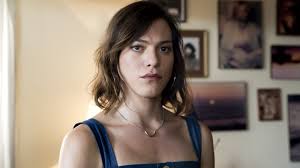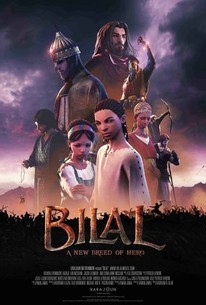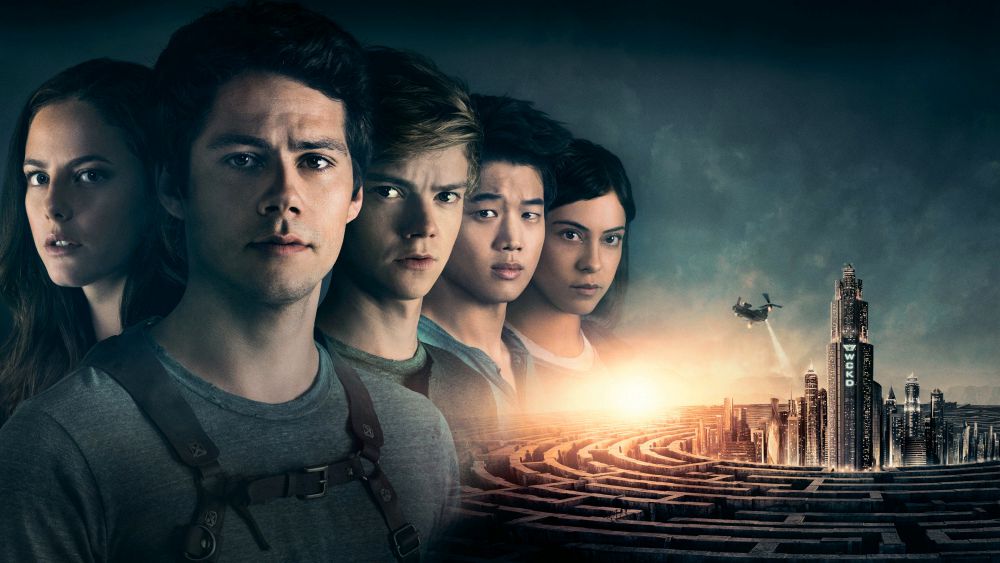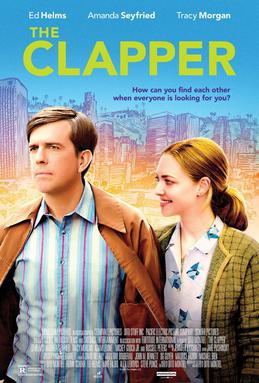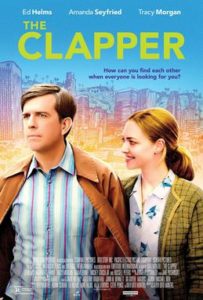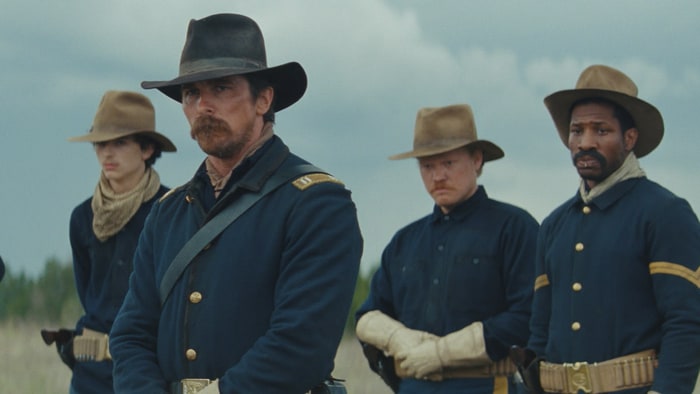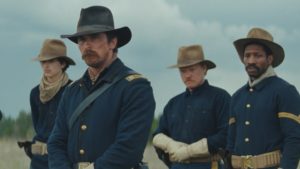A Fantastic Woman
Posted on February 6, 2018 at 2:12 pm
B +| Lowest Recommended Age: | Mature High Schooler |
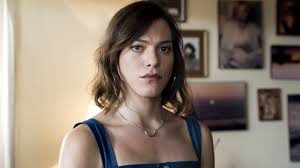
“I didn’t think anyone was here,” says the son of Marina’s lover, who has used his key to barge into the apartment they shared without knocking and announces he is taking their dog. For Marina, still in shock from the sudden death of the man she loved, this is just one of a series of encounters intended to do more than ignore her — they are intended to erase her. It is not just that her lover’s adult children and former wife are embarrassed to acknowledge that he was in love with a young trans woman. They do not want to acknowledge that she existed. They do not want her at the funeral. They want her to vacate the apartment immediately. The police, the doctor at the hospital, the social worker and the doctor she insists must examine Marina for evidence of abuse — all find a way to diminish and misgender her. Even someone close to her has to be reminded to put on his glasses so he can see her clearly.
Throughout it all, Vega suffers exquisitely. Others try not to see who she is, but Marina is entirely secure in herself and in the love she shared with the man who died. In one of the film’s most striking scenes, Marina uses the refusal of the world to see her as a protective cloak of invisibility, to allow her to pass from one strictly gendered sanctuary, the women’a locker room of a sauna, to another: the men’s. In order to reclaim something that means a great deal to her, she will temporarily erase the core of her being, an essential self she has fought very hard to claim. Vega’s face as she makes her way from the towel-under-the-arms women’s locker room to the towel-around-the-waist men’s locker room is a brilliantly layered mix of emotions.
In more than one scene, reflections show us characters as doubles. This movie is a double of its own, with art and life reflecting one another so that we see not just Marina but also Vega for the fantastic women they are.
Parents should know that this movie includes mature material, with nudity, sexual references and situations, bigotry against a trans woman, strong language, peril and violence, and a sad death.
Family discussion: How does the movie show us characters who are unable to or refuse to “see” Marina? What do we learn from the fantasy sequences?
If you like this, try; “Volver” and the Amazon series “Transparent”

